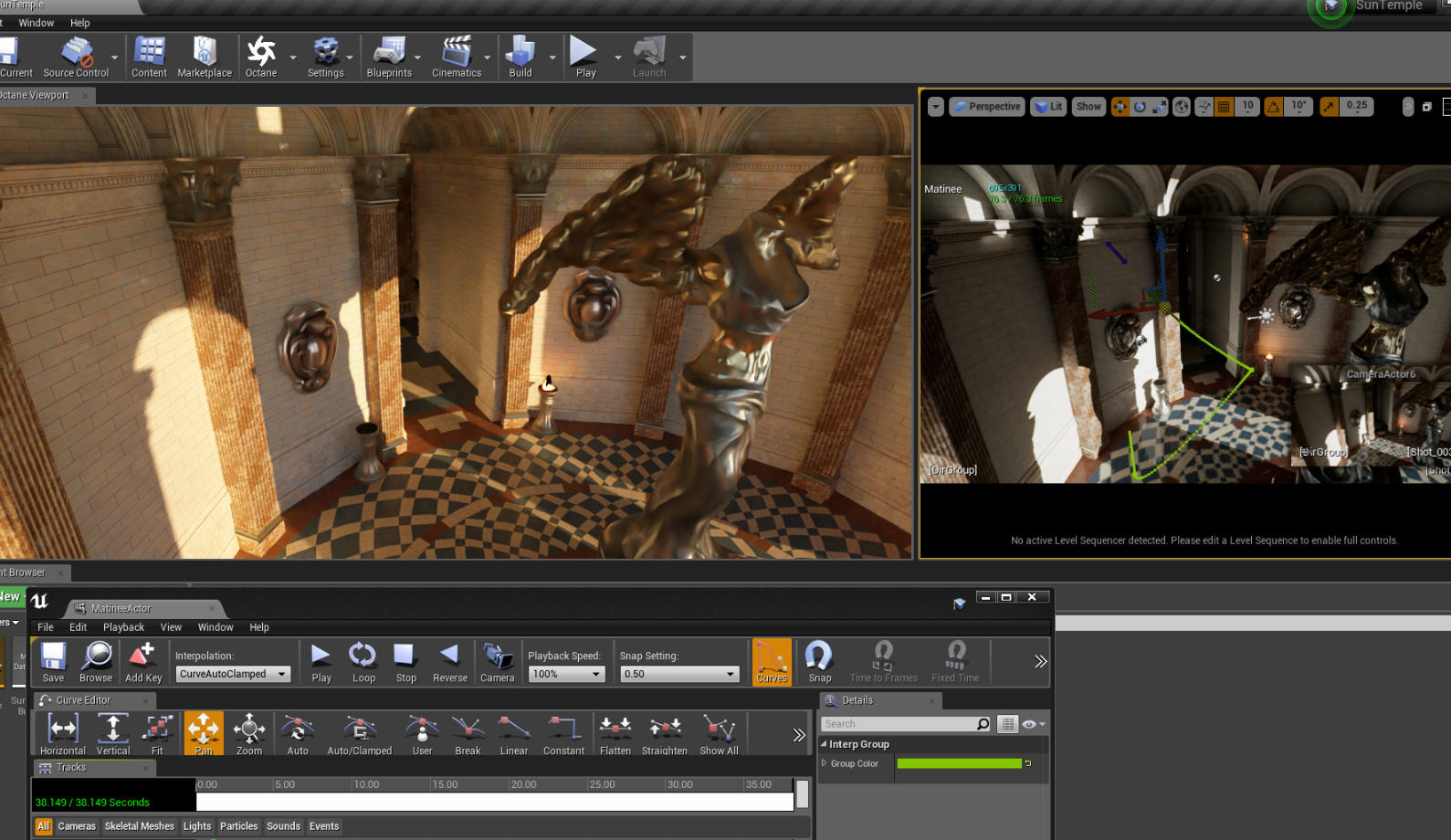

We’ll use polygon selections here to mask off the areas of the crate we want these materials to appear in. We’ll use two Mix Materials to show off how that system works and why it’s still relevant in Octane for Cinema 4D. Here we’ll be using a Universal Material with a UV-specific bitmap mask in the opacity channel to apply a rubber material just to the handle areas of the crate. In this section we’ll touch on UV mapping, polygon selections, and UV map-specific bitmap masks to discuss how to apply different masks to the various parts of the model. Finally we’ll reuse our procedural mask to restrict a rubber material to the bottom. We’ll also touching on grouping nodes to clean up the node graph. We’ll also be using a Dirt Node to apply some edge wear. We’ll build a Composite Material and set up a procedural mask using a Saw Wave, Gradient and Mix Texture node to tell Octane where to apply two different scratch masks. We’ll talk about how the C4D file is constructed and point out where the assets originate from. This is a long and complex guide, so to help you get the 20,000 foot view, we’re just going to quickly go over what we’re going to do and what we’ll cover. If you’re new to nodes, it may seem a little overwhelming at first, but it actually becomes easier to visually map out an entire system if you can see the whole thing at once rather than bouncing back and forth between levels. The goal of this stepthrough is to introduce you to as many layering and mixing systems in Octane as possible over the course of one project and then let you decide which ones you think will work the best in any future projects you make.Ī note about nodes: A lot of the layering and mixing systems in Octane can get pretty complex, so we’ll be focusing on using the Octane Node Editor rather than the standard C4D Material Editor workflow.


There’s a lot of overlap and many ways to accomplish the same task in Octane. This guide will walk you through how to use the most common ones by texturing a sci-fi crate. Octane has several ways of layering textures and materials together to form complex looks. There is also a version of this document for Octane Standalone in case it’s closer to the DCC you’re using. The Deep Dive covers each type in more detail. This writeup is a step-by-step walkthrough that takes you through several strategies when choosing how to mix and layer materials and textures. This is meant to be a companion piece for Layering Systems in Octane: Technical Deep Dive. Mixing and Layering Systems in Octane for Cinema 4D Stepthrough


 0 kommentar(er)
0 kommentar(er)
